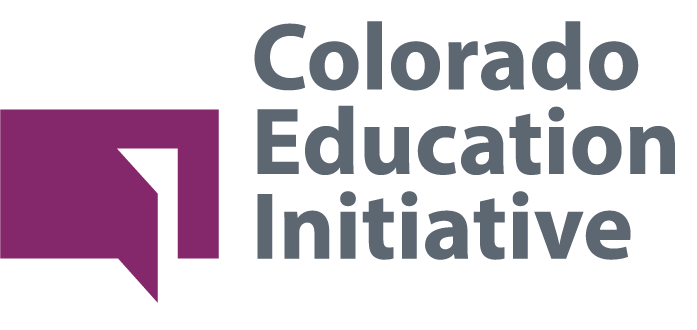How to Make School One 13-Year Journey
May 1, 2018
May 1, 2018
By Jeri Crispe
Secondary Education Director, Thompson School District
Imagine starting every school year completely from scratch. A new classroom. A principal who you don’t know and doesn’t know you. Different colleagues. New rules and expectations. New lesson plans. You would start every year in uncharted territory. Sounds overwhelming, right?
That is how our current school system operates for our students. Every year students start over with a new teacher in a new classroom, and sometimes a new building. They have different classmates and friends and often the expectations we have of students change from grade to grade. There is rarely carryover from their years, even in their learning. They study creative writing one year, poetry the next, and rhetoric after that, without a teacher drawing explicit connections between topics. We have created an educational journey that is made up of 13 unconnected 1-year experiences. Don’t our students deserve one unified 13-year journey instead?
Let’s reimagine the learning experience for our students and make connection and continuity pillars of their educational expedition. In this system, we can build bridges between grades that link learning sequentially and clearly for students. Those links can extend to and through graduation, so students leave our schools college, career, and community ready. We can establish ways for data to move with students, so learners and teachers have a full picture of learning progression. Let’s also support social-emotional learning and develop extra layers of support for the big transitions as students switch from elementary school to middle school and middle school to high school.
A school system like this is possible. We’re in the middle of architecting it right now in the Thompson School District in Loveland, Colorado.
Through our Next Generation Learning Challenges grant, we started thinking about how we can reimagine the design and delivery of our education and ignite the potential of all of our students. That is when we saw the ways each grade was a discrete experience for students, and we wanted to make a change.
To foster a more cohesive journey, we started with the end in mind. We thought if we knew the academic, professional, personal, entrepreneurial, and civic competencies we want our students to learn then mapping a connected path of how to get there would become easier. Our starting point ended up being our new graduation guidelines based on the mastery of specific competencies instead of time spent in a seat.
Once we knew where we wanted our students to go, we took on the work of removing physical and figurative walls. If a connected journey was going to work, we knew everyone in our district had to be on the same page. We started to remove barriers in teacher communication, making it easier for teachers in different grades to connect and establish ways for them to share data and information about students.
We also made students part of the process. Self-advocacy became a more significant part of the skills students learn so they can more confidently tell teachers what they need. That has helped students start to personalize their learning and gain a deeper understanding of what is expected of them each year as well as see how their learning connects to their futures – in the grades ahead, in college and their careers.
To support the non-academic transitions students experience, we started giving them previews of the next step in their journeys – especially for the significant changes from elementary to middle school and then again to high school. We have initiatives such as our Six Months to Sixth Grade and Nine Months to Ninth Grade programs that are part of our social-emotional learning curriculum. These tracks help demystify the transition for students and make them more prepared for their next step.
We are still adding new ways to design a better, more cohesive experience for our students that prepares them to be college, career, and community ready. But, our early work has shown that the changes we have made are working. When students have greater consistency, it leads to a richer educational experience, and we think all students deserve that opportunity.
